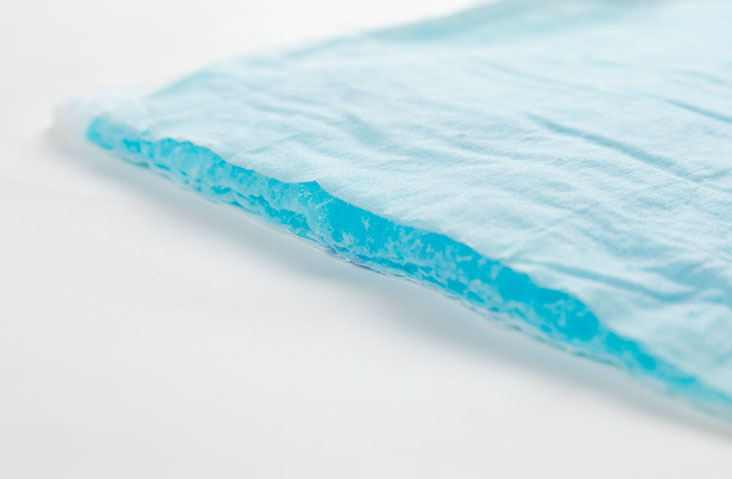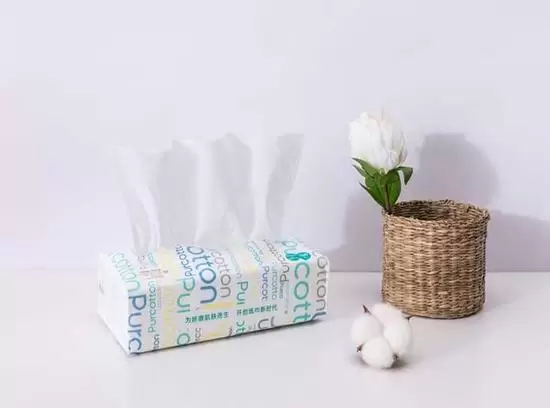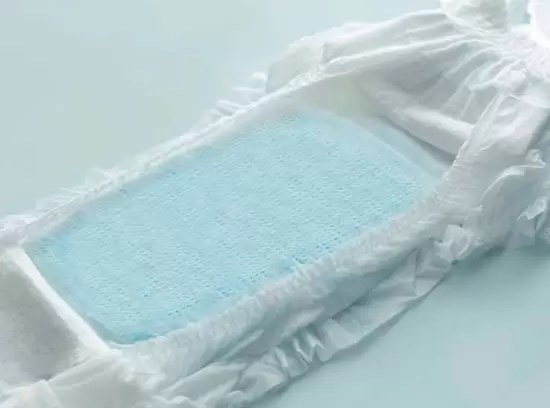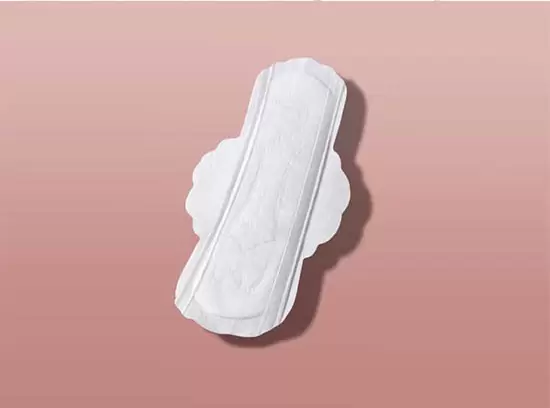The global baby diaper market has huge potential, according to Euromonitor data, the global baby diaper market was valued at USD 43.38 billion in 2019 and is expected to grow moderately over the next five years, with CAGR of 3.5% until 2024. It is expected to reach $51.53 billion annually. The fastest growing regional markets are currently concentrated in Asia and Africa. The two most populous countries in the world (China and India) will grow at a compound annual growth rate of 7.4% and 14.8% by 2024. Indonesia, Thailand and Vietnam are expected to be the fastest growing baby diaper markets in Southeast Asia, with CAGRs of 11.8%, 5.9% and 8.4% respectively over the period. In Africa, Kenya and Nigeria are expected to experience the fastest growth over the next five years, with CAGRs of 2.9% and 13.3%.
How Do Diapers Affect The Environment?
Eco friendly disposable diapers have many characteristics, such as easy use, leakage-proof, anti-penetration etc., and have become an indispensable daily necessities for babies. The emergence of disposable diapers has brought great convenience to people’s lives, but with the rapid increase in the amount of diapers and the difficulty of degrading diapers, environmental problems have become increasingly prominent. Since the disposable diapers that are currently used are mainly disposed of by burying and incineration, 30% of the plastic components in the buried diapers are difficult to completely degraded.
What Is Being Done To Make Diapers More Sustainable?
Traditional disposable diapers have high energy consumption in the production process, and are also accompanied by the production of certain carcinogens. If they are not properly disposed of after use, they will cause secondary pollution to the atmosphere, soil and water. To solve the problem of environmental pollution in the production process and disposal of diapers, it is necessary to find new production raw materials, or to improve the post-processing technology, or to completely change the concept of consumption.
Up to now, although various technologies have been gradually developed for the production of diaper degradable materials, including corn fiber diapers, degradable SAP materials, new water-absorbing materials, etc., because diapers are fast-moving consumer goods in household consumption, these technologies are used. The cost of the diapers made will naturally be higher than the current price, and the promotion is more difficult, so many companies have begun to focus on the post-processing methods of diapers.
Example: Japan sets recycling guidelines to reduce adult diaper waste
With the rapid increase in the number of diapers used by Japan’s aging population, how to deal with diaper waste has also become a serious problem. Previously, the Japanese environmental protection department distributed a recycling guide for disposable adult diapers to the municipal government to reduce the increasing amount of diaper waste.
Between 2007 and 2017, the waste generated from disposable adult diapers soared from 840,000 tons to 1.4 million tons, according to a Japanese group advocating diaper recycling. In some rural areas, adult diaper waste already accounts for 20% to 30% of the total waste. To solve this problem, Japan’s environmental protection agency has distributed guidelines for the recycling of disposable adult diapers to municipal governments to reduce the growing amount of diaper waste. This guide will cover some of the latest technologies, including how to turn diaper waste into fuel. And some recycling companies will also extract the pulp in diapers and convert them into building materials.
How Many Types Of Diapers Are There?
Winner Medical is the leading manufacturer with more than 30 years of medical background and owns the whole supply chain from 100% cotton spunlace non-woven fabric to OEM baby diapers.
Variable baby diaper solutions that can be customized according to different needs, Winner Medical would like to work with clients to build a sustainable world, to play a leading role in energy conservation, environmental protection and carbon emission reduction.
Baby diapers are classified as follows:
Classified by size – NB , S, M , L, XL , etc.
Classified by use – daily use, toilet training, night use, etc.
What Are Baby Diapers Made Of?
1. Topsheet: The surface material of most diapers is mainly non-woven fabrics, and natural pure cotton non-woven fabrics are used steadily.
2. Absorbent core: imported polymer and fluff pulp, the water-absorbing component is high water-absorbing polymer, which is white granular, highly absorbent, and can absorb to 70 times its own when exposed to water.
3. Bottom sheet: PE is mainly to prevent the external penetration of urine.
How To Buy Diapers Wholesale
Baby diaper as the fast moving consumer goods, now it’s no high standard for the industry. But if a brand wants to gain a larger market share, the products quality musht be stable and high, so as to gain a certain market reputation. The quality of diapers is closely related to diaper manufactures. To be the good manufacture, Winner Medcial has the following advantages:
1.Advanced production equipment
As a leading diaper wholesale supplier, Winner Medical has advanced diaper production equipment, which can ensure the stability of operation, product quality and production efficiency during the production process, which can not only improve the quality of diapers in bulk wholesale, but also increase the production capacity of the factory.
2.Select global raw materials
The raw materials of diapers: wood pulp, non-woven bottom sheet and topsheet, polymer, rubber band, Velcro, etc. Winner Medical selects the raw materials from the world’s top suppliers, and can also customize various raw material suppliers according to customer needs. And Winner Medical has its own spunlace non-woven production line, which can provide customized needs for diversified patterns of the top and bottom sheet of diapers.
3. Medical purification workshop
In addition to the importance of raw materials and production equipment for finished diapers, the production environment of diapers is also critical. Because diapers are baby’s personal products, they have extremely high requirements for bacteria and hygiene. Generally, regular diaper factories will monitor the temperature and humidity in the production workshop to ensure that bacteria in the production environment do not have the conditions for survival. The diapers will also be tested for bacteria before deliveration. At present, as a trusted diaper wholesale supplier, Winner Medical produces diapers that are produced in medical-grade clean workshops, which can better ensure the hygiene and safety of diapers.
















